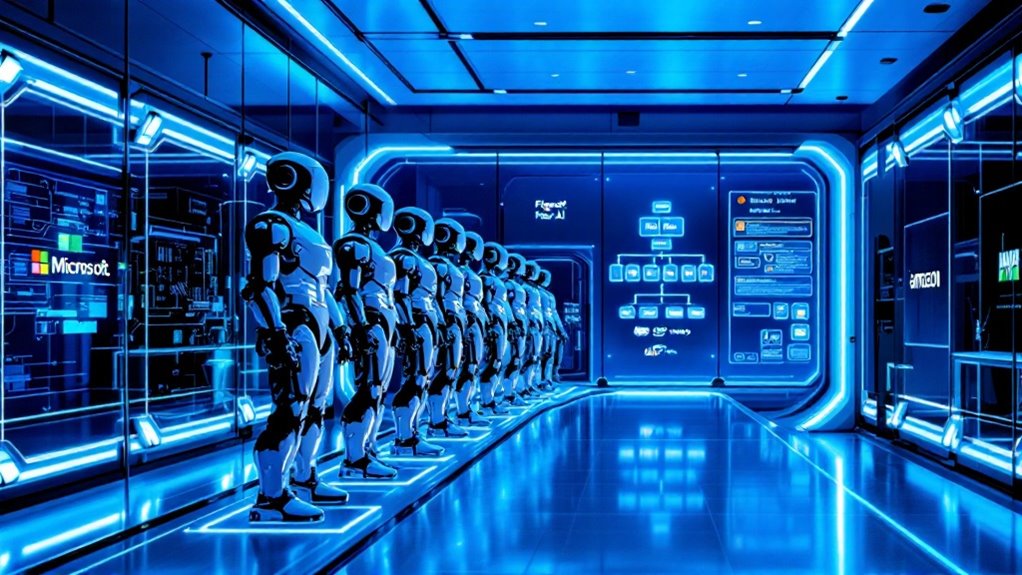AI in 2024 has its hands full with some gnarly issues. Old-school legacy systems resist change like boomers at a TikTok convention. Hybrid tech stacks? Twice the headaches, courtesy of clashing data formats and soaring maintenance bills. Need a data scientist? Good luck—there’s a Where’s Waldo vibe to that hunt. Training big models chews up GPU power and piles on the costs. Oh, and bias, privacy scares, and energy drain? Still unsolved. Stick around—there’s plenty more where that came from.
Let’s get real: Artificial intelligence may be the rockstar of the tech world, but it’s far from invincible. Underneath all the hype, things get messy—fast—when you try plugging AI into the real world.
Take the classic scenario: legacy systems. Those dusty, battle-worn machines running half the planet’s manufacturing floors? They weren’t exactly designed with AI in mind. Retrofitting them for predictive maintenance means shelling out cash, hunting down rare technical unicorns, and bracing for delays. As AI tools become more common, workflow efficiencies are anticipated to improve for organizations willing to invest in modernization.
Retrofitting AI onto legacy machines is less plug-and-play, more cash-burning quest for rare technical unicorns and inevitable delays.
Throw in hybrid infrastructure, and suddenly, you’re knee-deep in complexity, questionable API support, and maintenance bills that make you wish you’d taken up gardening instead. AI integration into existing processes can also be significantly challenging when data formats and workflows differ drastically from modern systems.
Speaking of unicorns, the AI talent pool is more like a paddling pool. Companies can’t hire data scientists, engineers, or even decent prompt writers fast enough. It gets worse: the lack of natural language processing experts means chatbots sound less “Tony Stark’s JARVIS,” more “Clippy with an attitude.”
Training programs are lagging, so everyone’s stuck compromising on quality. Not exactly the future sci-fi promised.
Now, let’s talk hardware. Training a large language model isn’t like running Minesweeper; it’s a resource-hogging, GPU-munching monster. Many organizations—especially in rural or developing regions—just don’t have the bandwidth.
Medical and agricultural AI, often hyped as game-changers, remain stuck in the loading screen thanks to storage and connectivity gaps. And let’s not ignore the elephant in the server room: all this power guzzling is sending energy bills (and carbon emissions) through the roof.
Ethics? Still a work in progress. Algorithmic bias? Check. Data privacy drama? Double check. Black-box decisions and ownership squabbles keep lawyers and ethicists up at night.
Meanwhile, AI adoption costs hammer small businesses, while job displacement and economic inequality threaten to turn “progress” into a four-letter word.
Then there’s data—the real gold. Scarcity, labeling bottlenecks, and quality headaches make model training a slog, especially for niche industries. The excessive data collection necessary for AI systems creates serious informational privacy concerns that existing legal frameworks struggle to address adequately.
Synthetic data promises help, but sometimes, it’s just fool’s gold.









